From the April 2022 issue of Apollo. Preview and subscribe here.
Let’s begin with a comparatively little-known but key episode from Surrealism’s early history. The time is autumn 1922; the scene, the Montmartre studio of 26-year-old André Breton and his wife, Simone. With the Bretons are several poets, also in their twenties – members of what will soon become the Surrealist group. One of these poets, René Crevel, has recently been introduced to hypnotic slumbers, and is now sharing his new knowledge. He outlines the recommended procedure – lights out, silence, hands chained around the table – and then falls into a deep trance. This is Simone Breton’s description of what happened next:
[…] Barely three minutes go by and already Crevel heaves hoarse sighs and vague exclamations. Then he begins telling a gruesome story in a forced, declamatory tone. A woman has drowned her husband, but he had asked her to. ‘Ah! the frogs! – Poor madwoman. Maaaaadd…’ Painful, cruel accents. Savagery in every image. Some obscenity as well… Nothing can match the horror of it.
Another participant, Robert Desnos, claims his trances put him in telepathic communication with Marcel Duchamp’s female alter ego Rrose Sélavy, resulting in a host of inventive spoonerisms that mirror Duchamp’s wordplay. Still others make startling predictions, or flail about on the floor, or bark like the Bretons’ dog and proceed to eat out of the animal’s dish.
Their sometimes carnivalesque nature notwithstanding, the sleep sessions, or ‘sleeping fits’, were no mere parlour game: for those who fell under hypnosis (or even for those who, like Breton, never managed to succumb and could only gape from the sidelines), they were a way of tapping into thoughts and expressions that did not seem possible to access with regular waking consciousness. Breton described the verbal marvels that emerged from these sessions as ‘words making love’.
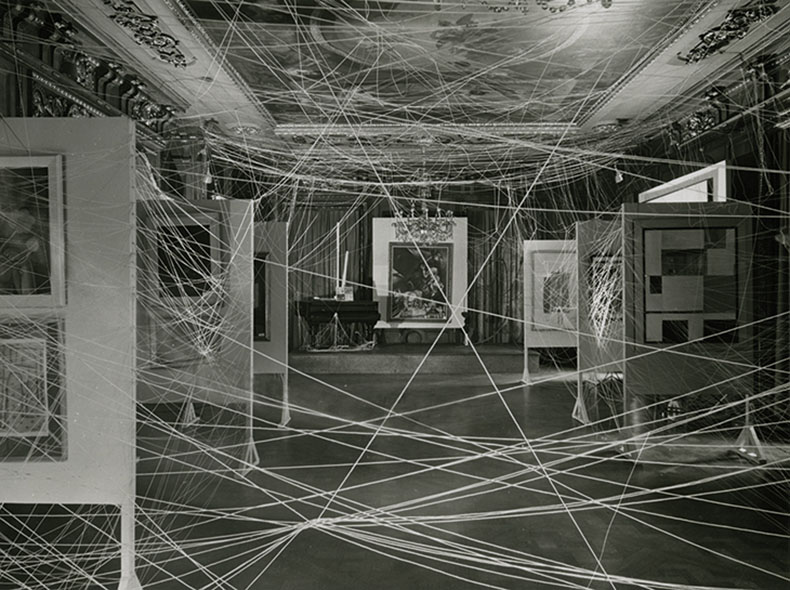
Installation view (detail) of ‘First Papers of Surrealism’ at the Whitelaw Reid Mansion, New York, showing Marcel Duchamp’s installation 16 Miles of String, photographed by John Schiff in 1942. Alexina and Marcel Duchamp Papers, Philadelphia Museum of Art, Library and Archives © Leo Baeck Institute/Association Marcel Duchamp, Paris/DACS, 2022
Despite their name, the sleep sessions were anything but restful. ‘After each séance,’ Simone wrote, ‘we’re so dazed and broken that we swear never to start up again, and the next day all we can think about is being back in that catastrophic atmosphere.’ But what finally put an end to them was neither exhaustion nor repetitiveness, nor even complaints from the neighbours, but rather the fact that the sessions started liberating not only ‘words making love’ but also some frankly homicidal impulses. Crevel tried to orchestrate a group suicide among the hypnotised guests. Desnos chased one of them around the lawn, brandishing a carving knife. After several months and further escalations, Breton terminated the experiment once and for all.
The Surrealists’ forays into hypnotic slumber provide a good capsule illustration of the greatness, earnestness, fascination, and even inspired silliness that keep the movement firmly in the public eye nearly 100 years after its official launch. At the same time, they highlight the tension between the sense of discovery and grandiose ambitions championed by Breton, its primary theorist, and the contradictory undertow that kept things from spilling over. Breton pushed the boundaries, spurring himself and his colleagues into new and hazardous waters; but it was often he who turned everyone back when things threatened to get out of hand. While his writings are thrilling calls to adventure, and the man himself was endowed with compelling charisma, numerous accounts show him vacillating between exploratory fervour and bourgeois reticence. The question is, does our fascination with Surrealism persist because of that reticence, or in spite of it? It is a commonplace to damn Breton for not practising what he promoted. But given the fates of those who lived ‘surrealistically’ – more than a few of whom went insane or took their own lives – we have to wonder whether his tendency to watch from the sidelines was precisely what allowed him to sustain the Surrealist group for almost half a century and to ensure its legacy.
Those who equate Surrealism with names such as Dalí, Masson, Miró, Ernst and Tanguy might raise an eyebrow at seeing its members gathered around a séance table rather than an easel. But though it is now generally considered an art movement, Surrealism was primarily a movement of words and, even more so, of ideas. Breton, a former medical student who had studied neurology and psychiatry, famously defined it as ‘psychic automatism in its pure state, by which one proposes to express […] the actual functioning of thought’. While many of Surrealism’s written or visual expressions have not stood the test of time, its core aims have proven remarkably durable. In one of Breton’s many attempts to articulate the movement’s wide-ranging goals, he wrote that the idea was to ‘transform the world, change life, refashion human understanding from top to bottom’. A tall order, but one that arguably has kept Surrealism from turning into an artefact, to be dusted off every few years, set on a display shelf, then shoved back in the drawer.
As Breton himself often underscored, the publication in 1924 of his Manifesto of Surrealism was more codification than origination. In fact, the ideas and attitudes underlying Surrealism had existed practically throughout human history, and in the Manifesto, Breton provides a lengthy list of precursors, ranging from Sade, Poe, Swift and Rimbaud to Dante and, ‘in his finer moments’, Shakespeare.
What Breton and his cohorts were seeking in these various predecessors was a way to reinfuse modern European life with the capacity for marvel that, in their view, centuries of Greco-Roman logic had bled from it. Early on, he cited the wonder that children experience as a kind of lost paradise: ‘The mind which plunges into Surrealism relives with glowing excitement the best part of its childhood.’ Faced with the humdrum blandness of French life after the First World War, the young Surrealists sought to recapture that glowing excitement by exploring hidden corners of Paris (out-of-the-way neighbourhoods, ill-frequented parks) and of themselves, via dreams, automatic writing, verbal games, ‘petrifying coincidences’, and any other means that might shock people out of complacency.

Poem Object (1935), André Breton. National Galleries of Scotland, Edinburgh © ADAGP, Paris and DACS, London 2022
Where does visual art fit into all of this? Soon after the launch of Surrealism, Breton addressed this question, noting that the interest of a work lies not in its particular technique but in its ability to externalise a ‘purely internal model’. It was the artist’s inner vision that intrigued him, rather than the skill with which line or colour was applied to canvas. ‘It is impossible for me to envisage a picture as being other than a window,’ he wrote in Surrealism and Painting (1928), ‘and […] my first concern is then to know what it looks out on.’ As Rimbaud, Mallarmé and Lautréamont had done in poetry, the artists we might label ‘Surrealist’ had managed to ‘endow the human mind with a quality that it had entirely lacked’ – regardless of whether they were creating paintings, drawings, films, objects, or hybrid works that blurred the lines between genres. One of the aims of Surrealism was ‘to bring about the fusion of poetry and the plastic arts’, as illustrated in crossover works by Dalí, Ernst, Magritte, Carrington, Prévert and others that blended word, image and even performance in a single experience. Breton’s ‘poem-objects’ from the 1930s and ’40s are good examples, as are works such as Ernst’s Two Children Are Threatened by a Nightingale (1924), which prefigures Jasper Johns’ assemblages by several decades, or the Anemic Cinema (1926) of Duchamp and Man Ray – not to mention the immersive installations of many Surrealist exhibitions.
While continuing to mine their inner resources, the group also sought to ‘transform the world’ through the external channel of political engagement. It is well known that Surrealism grew out of its members’ disgust with the First World War and the society that had forced them to wage it. Imbued with a spirit of revolt – similar to that which animated the protests of May 1968 and of June 2020 – they turned to the French Communist Party (PCF) as allies in revolution. In 1925, after several fits and starts, their relations with the PCF went into high gear, prompted by a shared abhorrence of France’s involvement in the Rif War and by Breton’s admiration for Leon Trotsky’s book on Lenin.
But having common enemies does not automatically translate into friendship. Breton pledged the fealty of the group to Communist ideals, but in the same breath he would reaffirm the Surrealists’ resolute independence – a position that did not align well with the Party’s rigid notions of loyalty. Breton celebrated Communism as ‘the instrument by which ancient buildings are destroyed’, but had few blueprints for new buildings that might be erected in their place. More than anything, the two groups butted up against a fundamental difference in priorities: for the Communists, no revolution could succeed if it didn’t first address the material conditions of the working class; for the Surrealists, any revolution that did not first conquer the terrain of the mind was doomed to repeat past mistakes. For nearly 10 years, Breton tried to reconcile the Communists’ wage-and-labour platform with the Surrealists’ programme of dreams, mad love and ‘freedom the colour of man’. Needless to say, the Communists were having none of it.
These differences became only more pronounced as the 1920s ground into the ’30s and the Party embraced hardline Stalinism. Breton’s rift with the Comintern, which cost him dearly in prestige and friendships, started widening in the mid 1930s and came to a head over the Moscow show trials that began in 1936, which he was one of the first French leftist intellectuals to denounce. Breton turned to Trotsky, visiting the exiled revolutionary at the home of Frida Kahlo and Diego Rivera in Mexico in 1938. Their contact over several months resulted in the joint manifesto For an Independent Revolutionary Art and plans for collaborative action; but the outbreak of war and Trotsky’s assassination in 1940 cut short any such promise.
After the war, Breton and his circle, now largely made up of people barely alive when the Manifesto had appeared, sought other outlets for political involvement, from anarchism to the utopian socialism of Charles Fourier to the publication of numerous tracts protesting against the Soviet invasion of Hungary, French involvement in
Vietnam and Algeria, the Church (‘Back to Your Kennels, You Curs of god!’) and so on. But never again would the Surrealists enjoy as prominent a political platform as they had before the war, and by the time of the May ’68 protests, in which many of the slogans quoted or echoed Surrealist pronouncements, they had been largely sidelined.
‘Under the paving stones, the beach.’ The importance of Surrealism, now as then, derives less from whether a certain work still has resonance, or whether a certain initiative succeeded, than from its evergreen aspirations and resolute independence of mind. Breton had the lucidity to look past the temporary gains of whichever dictatorship, whether fascist, capitalist or proletarian, happened to be in power at the moment – for as he saw it, those gains inevitably led to compromise and bloodshed. Instead, he emphasised human interests over political ones, keeping free of partisan demands, so that he never found himself having to justify military invasions of Eastern Bloc neighbours, or economic takeovers by Disney or Coca-Cola. More than any other intellectual current of modern times, Surrealism posited a world that could embrace, equally and indivisibly, the violence of rebellion and the creative passion of wonder and union. Words do battle, but they also make love.
From the April 2022 issue of Apollo. Preview and subscribe here.
Unlimited access from just $16 every 3 months
Subscribe to get unlimited and exclusive access to the top art stories, interviews and exhibition reviews.

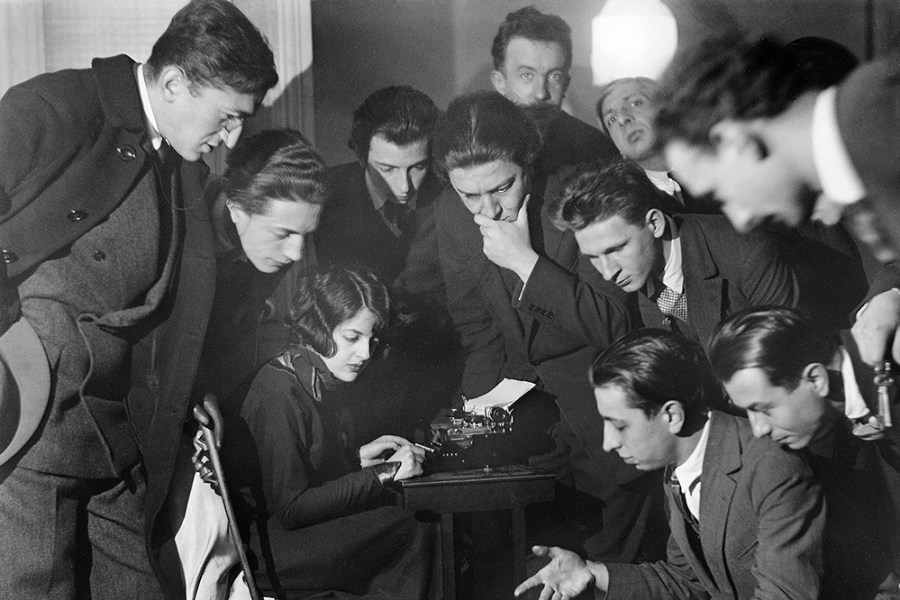
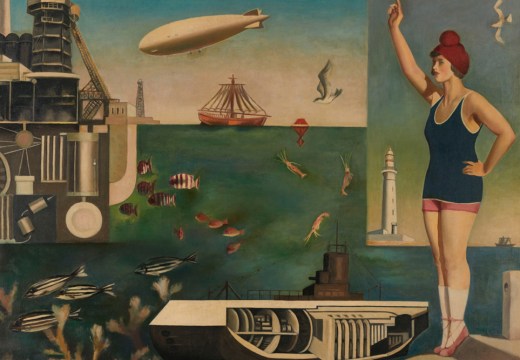
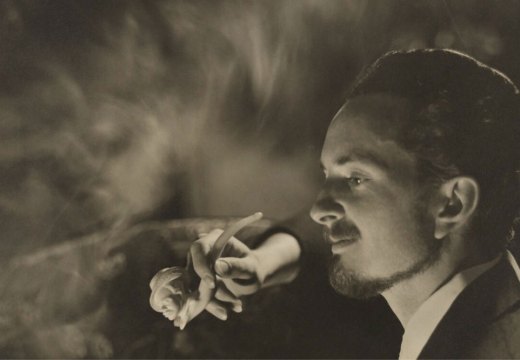
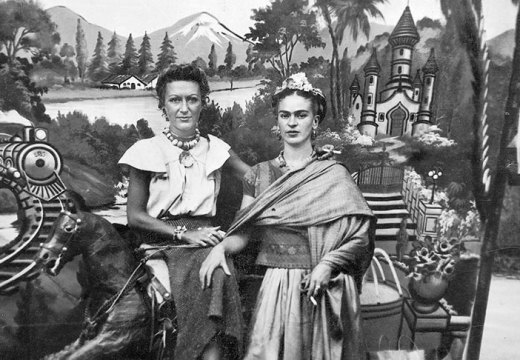









![Masterpiece [Re]discovery 2022. Photo: Ben Fisher Photography, courtesy of Masterpiece London](http://www.apollo-magazine.com/wp-content/uploads/2022/07/MPL2022_4263.jpg)
It’s time for the government of London to return to its rightful home